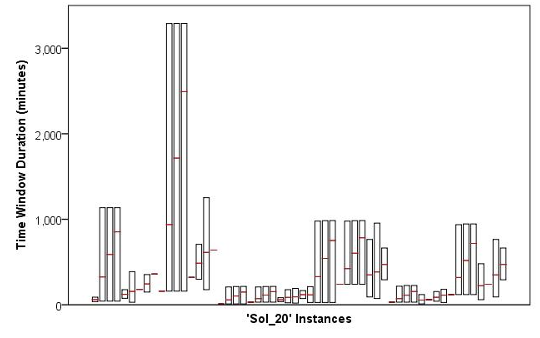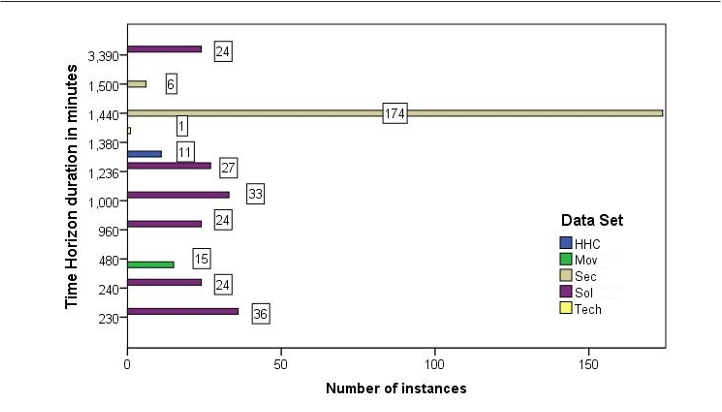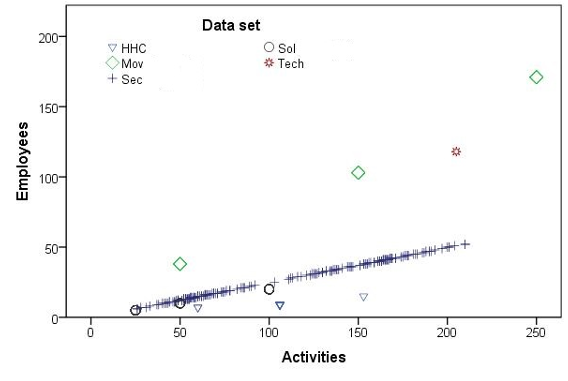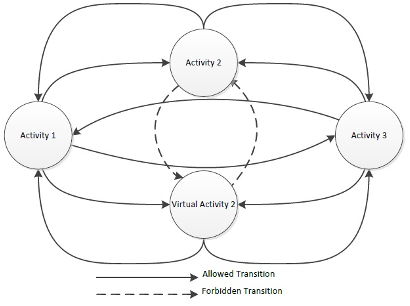




Did you find this useful? Give us your feedback
























320 citations
193 citations
80 citations
...In addition, Castillo-Salazar et al. (2014) presented a survey on routing and scheduling problems that summarises the key characteristics of the problems as well as the corresponding solution methodologies developed and applied to realistic problem settings....
[...]
...…constrained problems is broader since it covers all possible types of resources, including vehicles, machinery, specialised equipment and anything that can enable the delivery of service and products to the customers, i.e., not only skilled personnel as in the Castillo-Salazar et al. (2014) survey....
[...]
74 citations
48 citations
1,046 citations
...A route is a sequence of locations that need to be visited (Raff, 1983) but we exclude problems in which workers need to move across work stations within the same factory for example....
[...]
992 citations
938 citations
515 citations
...…· Rong Qu E-mail: {psxjaca, dario.landasilva, rong.qu}@nottingham.ac.uk ASAP Research Group, School of Computer Science, University of Nottingham, Jubilee Campus, Wollaton Road, Nottingham, United Kingdom, NG8 1BB retain their best employees (Eaton, 2003; Mart́ınez-Sánchez et al, 2007)....
[...]
498 citations
...Many types of personnel scheduling problems have been tackled in the literature (Baker, 1976; Miller, 1976; Golembiewski and Proehl Jr, 1978; Cheang et al, 2003; Ernst et al, 2004; Alfares, 2004)....
[...]
The authors consider some extensions for future work. Secondly, to apply a different MIP model or extend the one by Rasmussen et al ( 2012 ), seeking to include other features such as: employees capacity ( number of hours allowed to work within the time horizon ), employees breaks, and balancing the number of activities in routes.